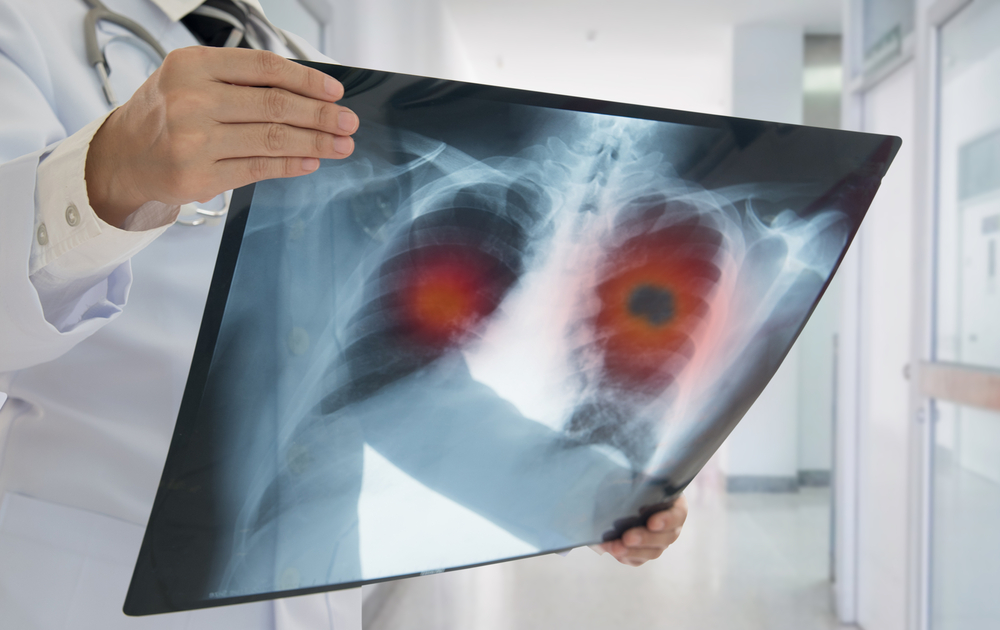Lung Cancer And Pleural Effusion: Diagnosis, Treatment, And Outlook

What is pleural effusion?
When fluid accumulates in the spaces between membranes surrounding your lungs, it may start affecting your breathing. There is a small amount of fluid in normal lungs that assist with lubricating the space and allowing better breathing. Pleural effusion may happen from a viral or bacterial infection, heart failure, or lung cancer.
What are the symptoms of pleural effusion?
While some patients may experience no symptoms from it, many experience one or few of
the following:
1. Shortness of breath or difficulty taking breaths
2. Dry cough without sputum
3. Difficulty breathing while lying down
4. Pain in the chest area
The patient may also experience symptoms from the root causes of the problem.
How is pleural effusion diagnosed by your doctor?
Your doctor will use imaging techniques to evaluate the situation by using:
1. Computerized Tomography or CT scans
2. Ultrasound scans
3. Chest XRay
4. Taking a sample of the fluid with a needle and further sending it for examination
How is pleural effusion treated in lung cancer patients?
Pleural effusion follows a minimally invasive strategy in lung cancer as it can recur. If the cause of the pleural effusion is an infection, a conventional approach is used that removes the infection and fibrous material from the space.
In lung cancer, pleural effusion is treated using:
1. Diuretics may be given to help drain fluid from the body
2.Malignant pleural effusion requires treatment with directly infused medication, chemotherapy, and/or radiotherapy
3. If it is causing difficulty breathing, a small tube may be inserted to help with draining the fluid
4. Sclerosing agents are chemicals that cause scarring and may be used to treat effusion that keeps recurring. This causes fibroid tissue inside and is called pleural sclerosis
5. Sclerosis done with talc or antibiotics has been 50% effective in reducing the recurrence of effusion.
What are thoracoscopy and VATS?
Thoracoscopy, usually done as video-assisted thoracoscopy surgery (VATS) is a minimally invasive technique, done with a 4 cm incision, that is done under anesthesia. It serves to diagnose previously undiagnosed effusion and/or to treat it. VATS is used especially in malignant pleural effusion as they are usually difficult to drain and recur. The procedure may involve injecting sterile talc or antibiotic to prevent or reduce recurrence.
So, what is the outlook for pleural effusion in lung cancer?
In lung cancer, pleural effusion is known to recur. Pleural sclerosis and VATS have shown considerable and tolerable results in managing pleural effusion and reducing recurrence. Consult your treating doctor for the best procedure for you. If you notice the symptoms of pleural effusion while undergoing treatment for lung cancer, it is important to let your doctor know so that they can help you relieve the difficulties.






